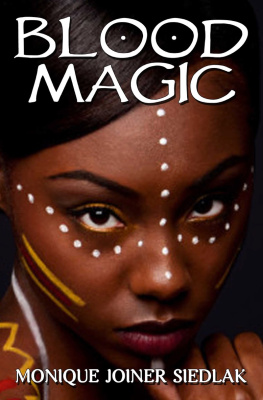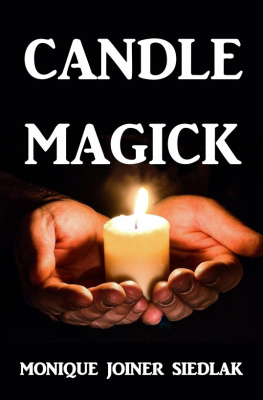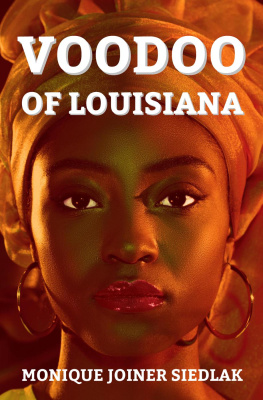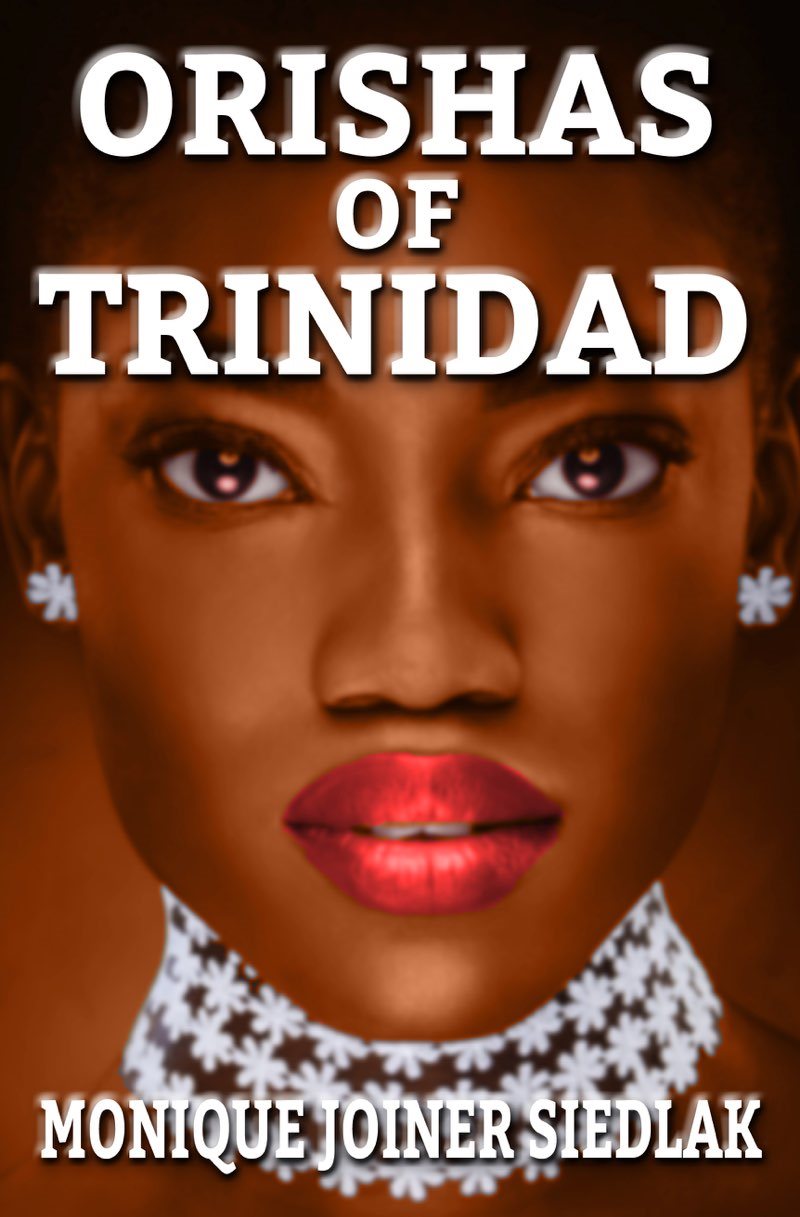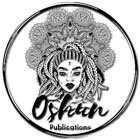The content contained within this book may not be reproduced, duplicated or transmitted without direct written permission from the author or the publisher.
Under no circumstances will any blame or legal responsibility be held against the publisher, or author, for any damages, reparation, or monetary loss due to the information contained within this book, either directly or indirectly.
This book is copyright protected. It is only for personal use. You cannot amend, distribute, sell, use, quote or paraphrase any part, or the content within this book, without the consent of the author or publisher.
Please note the information contained within this document is for educational and entertainment purposes only. All effort has been executed to present accurate, up to date, reliable, complete information. No warranties of any kind are declared or implied. Readers acknowledge that the author is not engaged in the rendering of legal, financial, medical or professional advice. The content within this book has been derived from various sources. Please consult a licensed professional before attempting any techniques outlined in this book.
By reading this document, the reader agrees that under no circumstances is the author responsible for any losses, direct or indirect, that are incurred as a result of the use of the information contained within this document, including, but not limited to, errors, omissions, or inaccuracies.
Sign up to email list and receive a Magickal Correspondences eBook. Free!
The History of Trinidad and Tobago
T he Republic of Trinidad and Tobago is a Caribbean country that consists of two main islands (Trinidad and Tobago) and a few smaller islands. But the territories of Trinidad and Tobago were not always united. Until 1888, they were separate regions, each with their own history and culture.
Early History of Trinidad
Trinidad, the larger of the two islands, was initially inhabited by the Arawak Amerindians and Carib Indians, who called it lere (the land of the hummingbird). However, in 1498 Christopher Columbus reached the island in his third voyage. He claimed it for the Spanish Crown, renaming it La Isla de la Trinidad (the island of the Holy Trinity). Initially, the Spanish did not pay too much attention to the island as it lacked gold, the precious mineral that they so desperately desired. But that soon changed once Spain established its capital at San Jos in 1592, and the Spanish began enslaving the native people of Trinidad. The island did not have precious minerals, but it had tobacco and cocoa. It did not take much for plantations to be put into place and for other nations to see Trinidads potential. The French brought West African slaves to help keep the estates running, and they assisted the Spanish in developing Trinidad.
In 1797, the British took over, and Trinidad became an official British colony in 1802. The British continued to develop Trinidads plantation economy and slave-based society, abandoning the failed cocoa plantations in favor of sugar crops. But the plantation system was doomed to fail as the slave trade was prohibited, and the slaves gained emancipation in 1834. The now-freed West Africans abandoned Trinidad, forcing the British to bring in immigrants from India, Madeira, and China to work on the plantations and serve the colony. These immigrants were brought to Trinidad on short work contracts, which allowed them to return home after completion or buy land and settle on the island. This labor system remained in place until 1927 (almost 100 years), and it brought the cultivation of rice to the Caribbean island.
The Beginnings for Tobago
The name Tobago comes from the Carib word tavaco, which refers to the pipe that natives used to smoke tobacco. These natives were Amerindians and Caribs, much like Trinidad. Tobago was claimed by Columbus in 1498, but it was not colonized until 1628, most likely because the smaller island was not seen as a point of interest. When Charles the First of England attempted to give the island to the Earl of Pembroke, a world-wide feud for Tobago began. Suddenly, a handful of nations were interested in colonizing the small Caribbean island.
First, in 1632, Dutch settlers took the island by force, slaughtering all the natives. Then, between 1650 and 1814, Tobago changed ownership multiple times, so much so that to this day, its still the most disputed Caribbean territory in history. Louis XIV of France declared Cornelius Lampsius the owner of Tobago. Yet, it was then claimed by the Duke of Courtland, followed by London merchants, Dutch, and even modern-day Latvians. In 1704, in an attempt to silence the conflicts between nations, Tobago was declared neutral territory. But that made the island vulnerable in the face of pirate occupation, which wasted no time in making Tobago their base. In 1763, the Treaty of Paris offered the British Crown ownership of Tobago.
As a British Colony, plantations of sugar, cotton, and indigo were established, and slave labor was booming. For two decades, the British were in control, but in 1781, the French captured back the island. The ownership of Tobago went back and forth between the British and the French until 1814 when it went back to being a British colony. All throughout this war over ownership, Tobago remained a prosperous territory. However, with the abolition of slavery, the islands economy slowly crumbled. Riots, extreme weather conditions, and the overall decline of the sugar prices only worsened the situation. Even so, the British managed to keep the rum production going, which was the last industry to dramatically fail. In 1884, the London firm that handled the plantations finances went bankrupt, and the plantation owners left Tobago, leaving everything behind.
With the economy in shambles, Tobago was no longer viable as a stand-alone colony. In 1889, it joined Trinidad, becoming a dual-island British colony.
The Republic of Trinidad and Tobago
When the two territories were amalgamated, Tobago adopted the laws and constitution of Trinidad. Also, the islands revenues were merged, annulling Tobagos debt. In the 1920s, trade unions started to pop up, and the people of Trinidad and Tobago began pushing for independence and democracy. A new constitution was adopted (both islands still used the Spanish law), which gave Trinidad the right to electoral representation for the first time in its history as a colony. But for someone to be eligible, there were many qualifications, such as ones for properties and language. From 25 members chosen by the people of Trinidad, only 7 met the requirements and were elected. The people were not happy, and they continued to demand the right to express their political views. After years of protests, in 1946, all adults had the right to vote.


